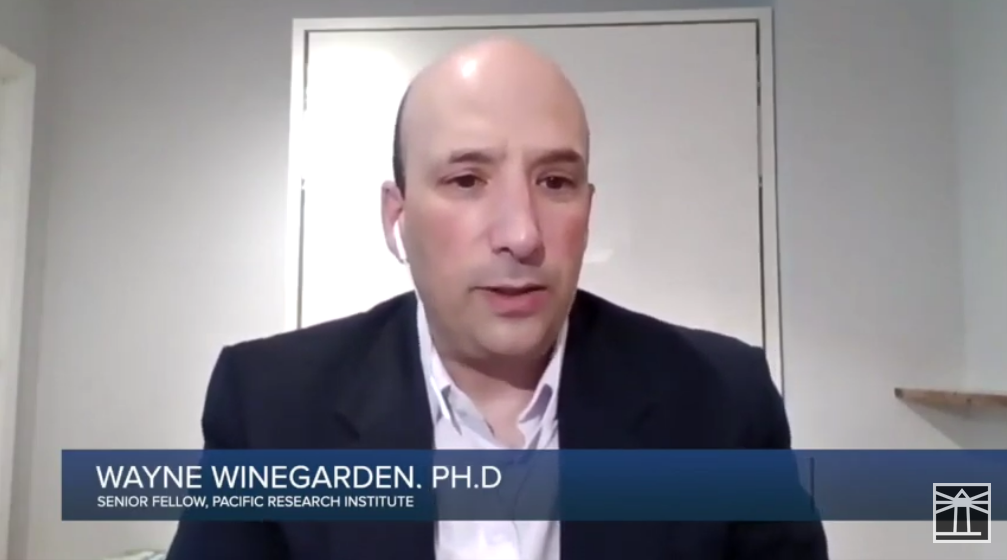Paraphrasing President Reagan, “California’s view of the economy could be summed up in a few short phrases: If it moves, tax it. If it keeps moving, regulate it. And if it stops moving, subsidize it.”
In this case, Governor Newsom wants electric vehicles to move – both literally and figuratively. On top of the billions already spent, Governor Newsom now wants to take an additional $525 million away from all of California’s taxpayers and give that money to electric vehicle owners $2,000 at a time.
The problem, as I argued in “Costly Subsidies for the Rich” back in 2018, is the impact from these policies on lower-income and middle-income families. Based on the latest IRS data at the time (2014), of the $263.3 million in electric vehicle tax credits received,
78.7 percent ($207.1 million) were received by households with an adjusted gross income (AGI) of $100,000 or higher – and more than half of these revenues ($122.3 million) went to households with an AGI in excess of $200,000. A further 20.5 percent of the tax credits ($54.1 million) were received by households with an AGI between $50,000 and $100,000. Therefore, over 99 percent of the total tax credits go to households with an AGI above $50,000.
These results are unsurprising. Electric vehicles simply cost more, and are still less practical, than cars with internal combustion engines. Only higher-income families have enough discretionary income to purchase electric vehicles. By subsidizing electric vehicles, the Governor is supporting reverse Robin Hood policies – he is taking from the poor to give to the rich. Many advocates have come to understand this reality.
In response there is a growing chorus of activists who want to impose income limits on electric vehicle subsidies, and this chorus almost convinced the Governor to eliminate these payouts. Of course, the plan was not to spend less. It was to create even larger electric vehicle subsidies, but restrict these giveaways to low-income families.
The problem, of course, is that if electric vehicles really were better and cheaper to own, then families would not need government subsidies to convince them to purchase them. Too few families (in the eyes of Governor Newsom) are voluntarily purchasing electric vehicles because these cars provide them, particularly lower- and middle-income families, with a less valuable product compared to traditional vehicles.
Unfortunately, there is little hope that Governor Newsom would ever consider the implications from this reality. Instead, the Governor continues to adhere to President Reagan’s nine most terrifying words in the English language: “I’m from the government and I’m here to help.”
Wayne Winegarden, Ph.D. is a Sr. Fellow in Business and Economics and Director of the Center for Medical Economics and Innovation at the Pacific Research Institute

